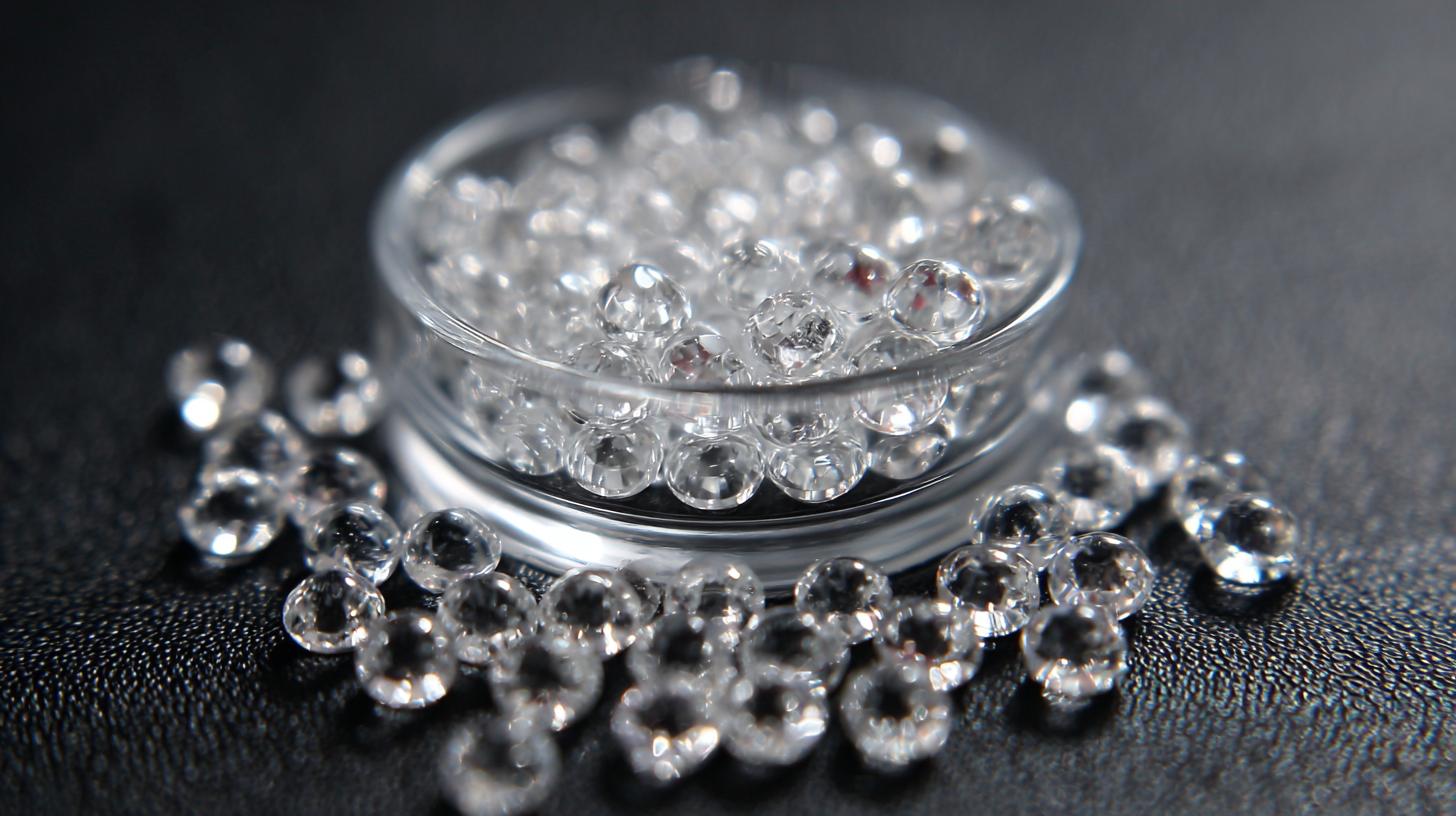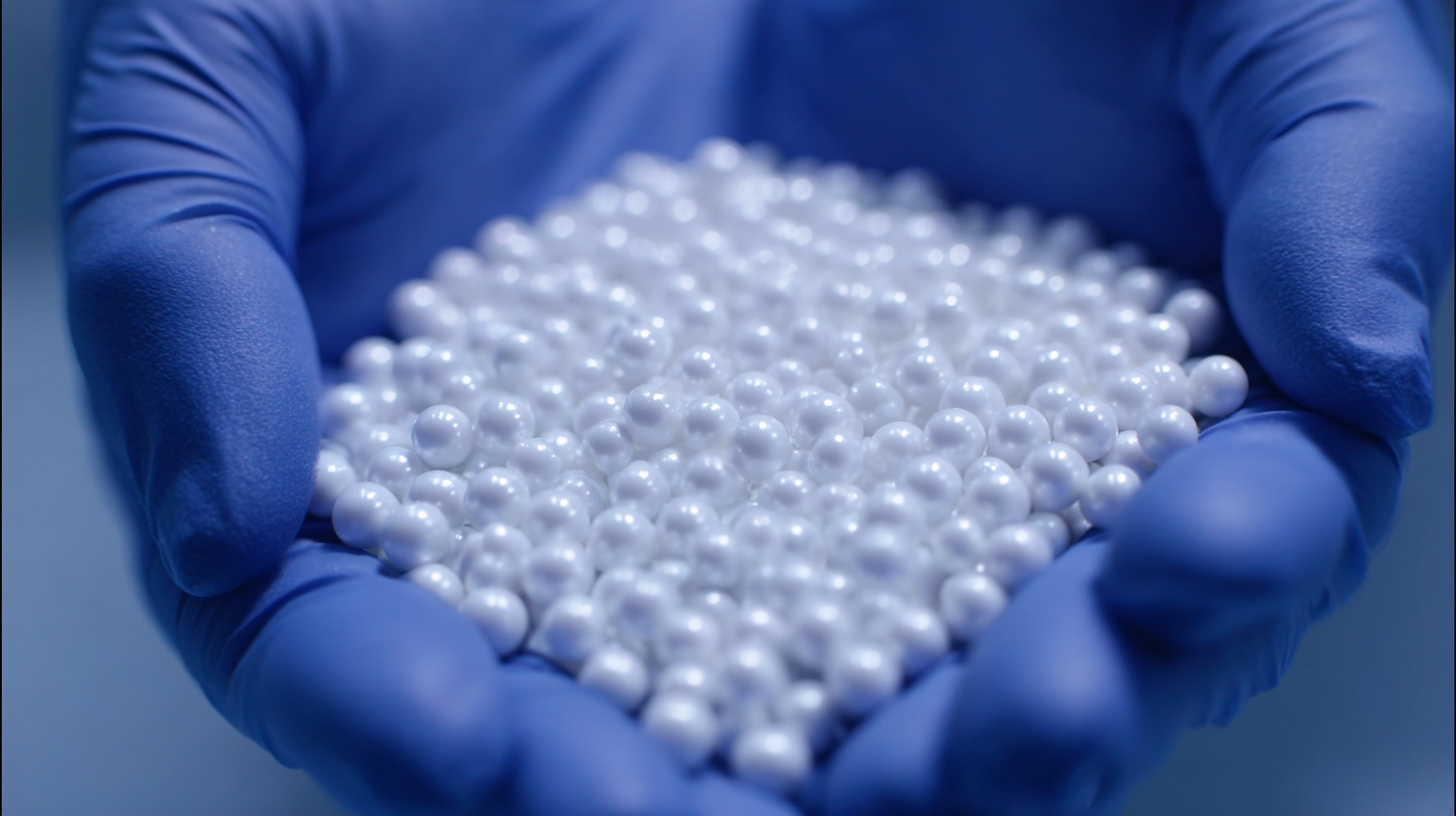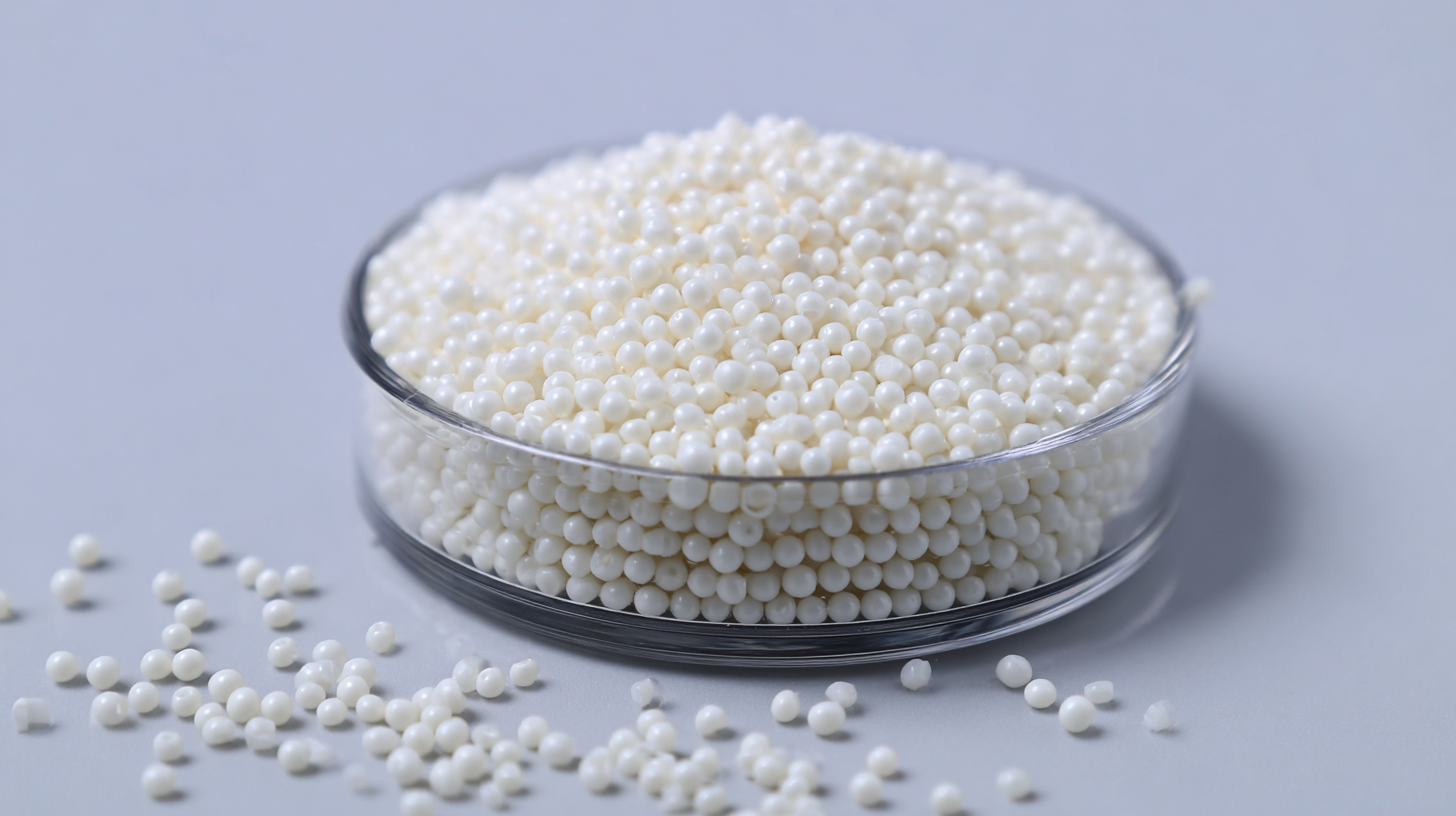In the world of advanced manufacturing, the significance of adhering to global manufacturing standards cannot be overstated, particularly in the domain of high-performance abrasives. Among these, the "65 Zirconia Bead" has emerged as a front-runner, touted for its unparalleled durability and efficiency across various industrial applications. According to a 2022 market report by Grand View Research, the global zirconia market is projected to reach USD 8.61 billion by 2028, with the burgeoning demand for high-quality zirconia beads playing a pivotal role in this growth trajectory.

As industries seek to enhance productivity while maintaining stringent quality controls, it becomes imperative to understand the essential standards that govern the production and usage of these beads. This blog will delve into the critical checklist of global manufacturing standards applicable to the top 65 zirconia beads, ensuring manufacturers meet both regulatory requirements and customer expectations in an increasingly competitive market landscape.
When discussing the essential characteristics of high-quality zirconia beads in manufacturing, it's important to highlight their durability and uniformity. Zirconia beads, known for their excellent wear resistance, can withstand extreme conditions without degrading. This makes them an ideal choice for applications requiring precision and longevity, such as in the milling and dispersing of various materials. The uniformity of these beads ensures consistent performance, providing reliable results in high-speed processes.
Another critical aspect is the bead's composition and density. High-quality zirconia beads are typically composed of Yttria-stabilized zirconia, which enhances their toughness and resistance to cracking. A higher density contributes to better grinding efficiency, as the beads can deliver more kinetic energy during the milling process. Additionally, the smooth surface of quality zirconia beads reduces surface interactions and friction, minimizing contamination and improving the overall quality of the final product. As manufacturers seek to optimize their processes, understanding these characteristics becomes essential in choosing the right zirconia beads to meet their specific needs.
| Characteristic | Description | Standard Value | Measurement Unit |
|---|---|---|---|
| Density | Mass per unit volume | 6.0 - 6.1 | g/cm³ |
| Hardness | Resistance to scratching | 1200 | HV (Vickers) |
| Color | Visual appearance | White to off-white | N/A |
| Size | Diameter of beads | 0.1 - 5.0 | mm |
| Toughness | Resistance to crack or breakage | High | N/A |
| Chemical Stability | Resistance to chemical reactions | Excellent | N/A |
| Applications | Ideal for grinding and milling | N/A | N/A |
 Zirconia beads have become a crucial component in various industries, particularly those involving grinding and milling processes. The quality and performance of these beads are directly influenced by adherence to global manufacturing standards. Key standards such as ISO 9001 and ASTM C1050 provide frameworks for ensuring consistent quality, performance, and safety across production processes. These guidelines not only enhance product reliability but also support manufacturers in meeting customer expectations, ultimately driving market growth.
Zirconia beads have become a crucial component in various industries, particularly those involving grinding and milling processes. The quality and performance of these beads are directly influenced by adherence to global manufacturing standards. Key standards such as ISO 9001 and ASTM C1050 provide frameworks for ensuring consistent quality, performance, and safety across production processes. These guidelines not only enhance product reliability but also support manufacturers in meeting customer expectations, ultimately driving market growth.
Tips for Manufacturers:
1. Implement a robust quality management system aligned with global standards to ensure compliance and enhance operational efficiency.
2. Invest in test methods such as particle size analysis and density measurements to assess the performance of zirconia beads against industry benchmarks.
The importance of quality assessment cannot be understated, especially when considering that inferior materials can lead to significant operational downtime and increased costs. Reports indicate that the demand for high-performance zirconia beads is expected to grow by over 5% annually, underscoring the need for manufacturers to prioritize quality controls and adherence to established standards. By focusing on these critical areas, manufacturers can position themselves for long-term success in a competitive market.
When sourcing top-quality zirconia beads, identifying reliable suppliers is essential to ensuring optimal performance and durability. First, evaluate the supplier’s certifications and compliance with global manufacturing standards. This includes ISO certifications that demonstrate adherence to quality management systems. Suppliers that meet such standards are more likely to maintain rigorous production processes and consistent product quality, which are critical in industries like ceramics and medical applications.
Another crucial criterion is the supplier's experience and reputation within the industry. A supplier with a solid track record and positive customer reviews can give buyers greater confidence in their sourcing decisions. Engaging in direct communication with potential suppliers can also provide insights into their operational capabilities and customer support systems. Asking for samples and conducting performance tests is advisable to assess the quality of the zirconia beads firsthand, ensuring they meet the specific requirements of your project. Building relationships with reliable suppliers will not only enhance product quality but also contribute to smoother operational processes in the long run.

ISO certification plays a crucial role in enhancing the quality of zirconia manufacturing, ensuring that products meet international standards. By adhering to ISO guidelines, manufacturers can streamline their processes, reduce variations, and mitigate risks. This commitment to quality not only elevates the physical attributes of zirconia beads but also boosts their reliability in various applications, from industrial grinding to fine ceramics.
Furthermore, the ISO certification process fosters a culture of continuous improvement within manufacturing facilities. Employees are trained to comply with strict quality management practices, which instills a sense of responsibility and awareness throughout the production chain. This dedication to excellence not only helps in achieving superior product quality but also enhances customer trust and satisfaction, ultimately defining the competitive edge of zirconia beads in the global market.
The demand for zirconia beads, particularly high-purity yttria stabilized and ceria stabilized variants, is seeing significant growth across various industries. This surge is driven by their unique properties such as high hardness, wear resistance, and chemical stability, making them ideal for applications in sectors like ceramics, electronics, and energy. As industries strive for higher efficiency and quality in manufacturing, the adoption of these advanced materials is expected to accelerate.
Market trends indicate a robust upward trajectory for the high-purity yttria stabilized zirconia bead segment, projected to expand significantly through 2031. Factors such as increasing investments in advanced manufacturing technologies and the rising need for innovative materials are propelling this growth. Additionally, the ceria stabilized zirconia bead market is also witnessing an uptick, attributed to its applications in various processes requiring enhanced performance and reliability. With potential applications ranging from precision grinding in potential manufacturing processes to advanced coatings, the versatility of zirconia beads will likely drive continued demand in diverse industrial sectors.
